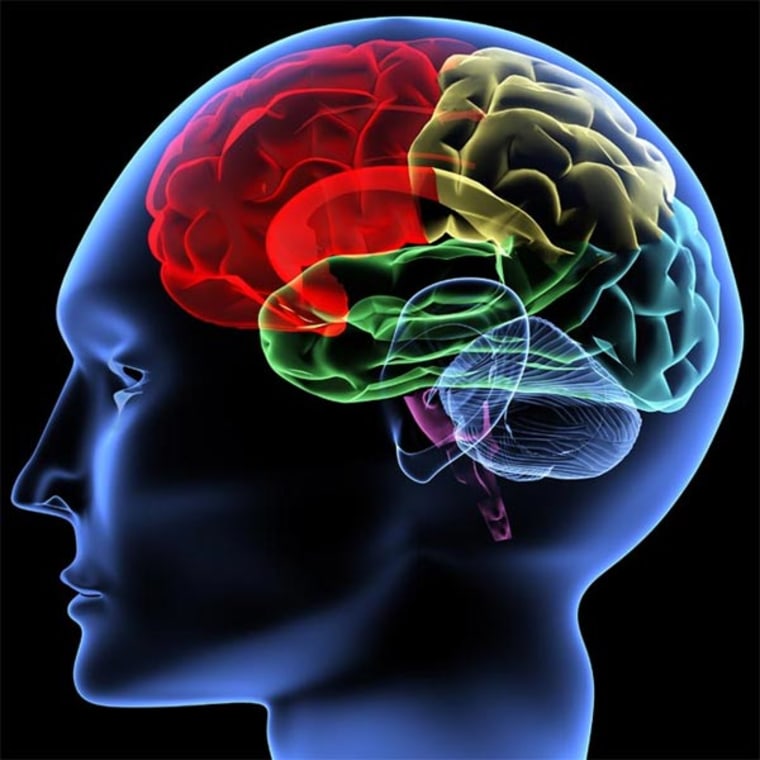Modern humans possess brain structures larger than their Neanderthal counterparts, suggesting we are distinguished from them by different mental capacities, scientists find.
We are currently the only extant human lineage, but Neanderthals, our closest-known evolutionary relatives, still walked the Earth as recently as maybe 24,000 years ago. Neanderthals were close enough to the modern human lineage to interbreed, calling into question how different they really were from us and whether they comprise a different species.
To find out more, researchers used CT scanners to map the interiors of five Neanderthal skulls as well as four fossil and 75 contemporary human skulls to determine the shapes of their brains in 3-D. Like modern humans, Neanderthals had larger brains than both our living ape relatives and other extinct human lineages.
The investigators discovered modern humans possess larger olfactory bulbs at the base of their brains. This area is linked primarily with smell, but also with other key mental functions such as memory and learning — central olfactory brain circuitry is physically very close to structures related to memory.
"We all know from our personal experience about the intense links between smell and memory — for example, when, after years and as adults, we enter our old school building and by breathing and smelling the air of the stairways or of our old classroom, suddenly we are vividly and undecidedly transported back in our memory into our school days and associated experiences that we learned long ago," said researcher Markus Bastir, a paleoanthropologist at Spain's National Museum of Natural Sciences, in Madrid.
Intriguingly, smell may also play a social role, such as for recognizing family and friends and reinforcing group cohesion.
"In the German language — I am Austrian-born — we have a saying, 'Ich kann dich gut riechen,' which translates into English as, 'I can smell you well,' but means, 'I like you,'" Bastir told LiveScience. "That would reflect a linguistic example how smell relates to social behavior."
Compared with Neanderthals, modern humans also possess larger temporal lobes, an area near the base of the brain. "Neuroscientists relate temporal lobes with language functions, long-term memory, theory of mind (the ability to consider the perspective of others), and also emotions," Bastir said.
We also have a relatively wider orbitofrontal cortex than Neanderthals, a part of the brain immediately above the eyes. "The effects of the wider orbitofrontal cortex are difficult to evaluate," Bastir said. The area is linked with decision-making.
All in all, it remains unclear exactly how these brain differences might have set us apart from Neanderthals, Bastir cautioned. We only know how these skulls molded themselves around these brains, and not the precise structures of the brains in question.
In the future, Bastir and his colleagues would like to scan the interiors of more fossil skulls to refine their ideas about them. An implicit problem of the project is the fragility of the structures they would like to examine, he said.
The scientists detailed their findings online Tuesday in the journal Nature Communications.
Follow LiveScience for the latest in science news and discoveries on Twitter and on .
